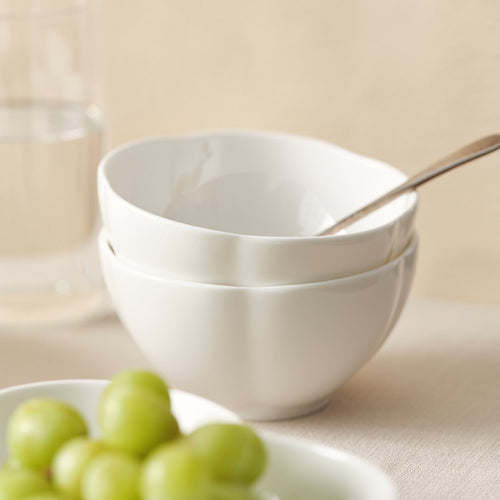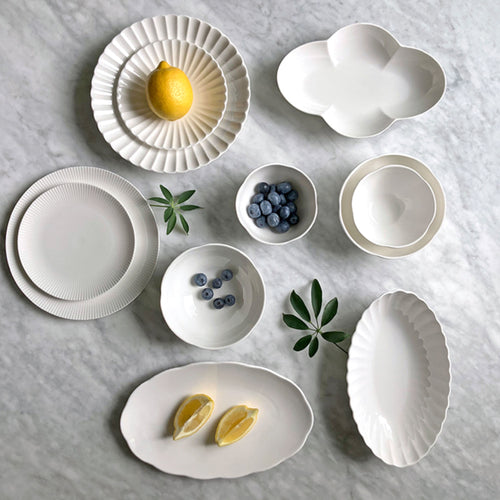About Napcheong-Yugi
National Intangible Cultural Heritage No. 77, Bangjja Yugi Jang by Lee Hyeong-geun
Passing through Lee Bong-ju, a traditional successor of Napcheong-Yugi in Pyeonganbuk-do, and his son Lee Hyeong-geun, who is the National Intangible Cultural Heritage No. 77, Bangjja Yugi Jang, the secret techniques have been passed down for two generations. It is a precious intangible asset of our culture that embodies the wisdom of our people and the long-standing traditions of this land.
Bangjja Yugi represents the soul of this land. Bangjja Yugi, passed down through Lee Bong-ju, a traditional successor of Napcheong-Yugi in Pyeonganbuk-do, and his son Lee Hyeong-geun, who is the National Intangible Cultural Heritage No. 77, carries the essence of our culture, breathing the wisdom of our people and the long-standing traditions of this land.
Lee Hyeong-geun's workshop inherits and develops the tradition of Napcheong-Yugi. The Napcheong-Yugi of Lee Hyeong-geun's workshop is not just a simple alloy but carries the pride of artisans who strive to uphold the traditional culture.
The Napcheong-Yugi of Lee Hyeong-geun's workshop encompasses the tradition of Bangjja Yugi and the determination of skilled artisans, which adds to its beauty the more it is used.
Napcheong-Yugi, by Lee Hyeong-geun's workshop, shapes our own. From ancient times, Napcheong-Yugi has been treasured for its durability, resistance to breakage, non-toxicity, and sterilization properties, being placed on the king's royal table. The workshop of Lee Hyeong-geun, who has been developing our precious cultural heritage, Bangjja Yugi, with the belief of shaping it properly, is creating Bangjja Yugi.
The subtle and shimmering light of Napcheong-Yugi contains more elegance and value than just the material.
Lee Hyeong-geun's workshop continues the tradition of Bangjja Yugi. Napcheong-Yugi is created by heating the finest-quality bronze ingot and going through multiple processes. The value of each piece shines even brighter as it is completed through the meticulous craftsmanship and sophisticated techniques of Bangjja.
(Note: Bangjja Yugi refers to traditional Korean brassware known for its superior quality and craftsmanship.)
국가 무형 문화재 제 77호 방짜 유기장 이형근
평안북도 납청 유기의 전통 승계자인 이봉주 옹을 거쳐 그 아들인 국가 무형 문화재 제 77호 방짜 유기장 이형근으로 2대째 그 비법이 전해오고 있으며, 우리 민족의 지혜와 이 땅의 오랜 전통이 숨쉬는 우리 문화의 소중한 무형 자산입니다.
방짜유기는 이땅의 혼 입니다. 방짜유기는 평안북도 납청유기의 전통 승계자인 이봉주 옹을 거쳐 그 아들인 국가 무형 문화재 제 77호 방짜 유기장 이형근으로 2대째 그 비법이 전해오고 있으며, 우리 민족의 지혜와 이 땅의 오랜 전통이 숨쉬는 우리 문화의 소중한 무형자산입니다.
이형근 공방은 납청유기의 방짜기업을 계승, 방전 시켜가고 있습니다. 이형근 공방의 납청유기에는 단순한 유기가 아닌 전통 문화를 잇는다는 자부심과 함게 우리 것을 바르게 만들겠다는 장인의 고집이 깃들어 있습니다.
이형근 공방의 납청 유기는 방짜유기의 전통과 장인의 고집스러움이 고스란히 배어 있어쓰면 쓸수록 그 아름다운 빛을 더합니다.
납청유기 이형근 공방은 우리 것을 바르게 만듭니다. 예로부터 유기는 휘거나 잘 깨지지 않으며, 무독무해하고 식중독균을 멸균하는 작용이 있어 왕의 수라상에 놓여질 만큼 귀한 그릇입니다. 우리의 소중한 문화유산인 방짜유기를 계숭 발전시켜 온 이형근 공장은 우리것을 바르게 만들겟다는 신념으로 방짜유기를 만들고 있습니다.
납청유기의 은은하고 아른다운 빛에는 유기 그 이상의 멋과 가치가 담겨져 있습니다.
이형근 공방은 방짜유기의 전통을 이어 갑니다. 납청유기는 최상질의 놋쇠덩이를 불에 달구어 여러번의 공정을 되풀이하여 만듭니다. 장인의 손질과 방짜기법의 까다로운 과장을 통해 완성되는 만큼 하나 하나 그 가치가 더욱 빛납니다.


![[The Royal] 25-Piece Dinner set, Serving for 4 - HANKOOK](http://hankookchinawareusa.com/cdn/shop/products/THE_ROYAL_DINNER_SET__56935.jpg?v=1753595467&width=500)

